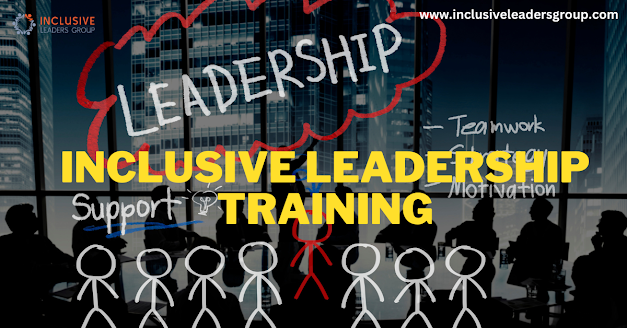What is Racial Equity Training? Inclusive Leaders Group
In a world that is becoming increasingly aware of the importance of diversity and inclusion, racial equity training has emerged as a critical tool in addressing systemic inequalities. This article aims to provide a comprehensive understanding of racial equity training, its significance, and how it can make a positive impact on organizations and society as a whole.
Introduction
Racial equity training has gained prominence in recent years as society grapples with deeply ingrained racial disparities and injustices. This training offers a path toward a more equitable future, but what exactly is it, and why is it essential?
Defining Racial Equity Training
Racial equity training, often referred to as racial sensitivity training or anti-racism training, is a structured educational process aimed at addressing and dismantling systemic racism and promoting racial equity. It goes beyond merely acknowledging the existence of racism; it seeks to actively combat it by increasing awareness, fostering empathy, and empowering individuals and organizations to take meaningful action.

The Historical Context
Understanding the historical context of racial equity training is crucial. It traces its roots to the civil rights movement in the United States during the 1950s and 1960s. The struggle for racial equality highlighted the need for educational programs that could challenge deeply entrenched prejudices and biases.
Why is Racial Equity Training Necessary?
Racial disparities persist in various aspects of life, including education, employment, criminal justice, and healthcare. Racial equity training is necessary because it provides a framework for recognizing and addressing these disparities. It helps individuals and organizations acknowledge their roles in perpetuating systemic racism and equips them with the tools to effect change.
Key Components of Racial Equity Training
Racial equity training typically includes the following components:
- Understanding Privilege: Participants learn about privilege and how it affects their lives and interactions.
- Implicit Bias Awareness: Exploring unconscious biases that influence decision-making.
- Historical Context: Learning about the history of racism and its ongoing impact.
- Intersectionality: Recognizing the interconnectedness of various forms of discrimination.
- Allyship: Encouraging individuals to become allies in the fight against racism.
The Role of Individuals and Organizations
Individuals and organizations both play a vital role in the success of racial equity training. Personal commitment to change and organizational support are essential. Employers must create an environment where employees feel safe discussing race-related issues and where racial equity is prioritized.
Implementing Racial Equity Training Programs
The implementation of racial equity training programs varies depending on the specific needs of an organization. It can include workshops, seminars, online courses, or ongoing diversity and inclusion initiatives. The goal is to create a culture of inclusivity and equity.
Measuring the Impact
Measuring the impact of racial equity training is crucial to ensure its effectiveness. Metrics may include improved diversity in leadership roles, reduced racial disparities in hiring, and increased awareness of racial issues within an organization.
Success Stories
Numerous organizations have successfully implemented racial equity training and witnessed positive changes. For instance, some have seen increased employee satisfaction, improved workplace relationships, and a more diverse and innovative workforce.
Challenges and Criticisms
While racial equity training has proven to be effective, it is not without challenges and criticisms. Some argue that it oversimplifies complex issues, while others question its long-term impact. Addressing these concerns and continuously improving training programs is essential.
Future Trends in Racial Equity Training
As society evolves, so does the field of racial equity training. Future trends may include increased emphasis on intersectionality, the integration of technology for wider accessibility, and greater collaboration between organizations and communities.
The Global Perspective
Racial equity training is not limited to any one country. It is a global movement aimed at dismantling racism and promoting equity worldwide. Different countries may adapt training programs to suit their specific contexts, but the overarching goal remains the same.
Conclusion
In conclusion, racial equity training is a powerful tool in the ongoing fight against systemic racism. It educates, challenges biases, and empowers individuals and organizations to work toward a more just and equitable society. As we continue to confront the legacies of racism, racial equity training offers hope for a brighter, more inclusive future.




Comments
Post a Comment